We've all been there. Channel surfing lazily whilst reclining on the sofa—then all of a sudden, the remote stops working. Out of frustration, you hold the remote up higher, press the buttons harder, or maybe a even give it a good smack hoping that will fix it. Right around this time, you start to wonder if your trusty old remote has finally called it quits or if it's just a dead battery.
But don't get up off the couch to go fumbling around for a pair of triple-A's just yet—because chances are, you have a perfectly suitable remote tester sitting in your pocket right now.
Smartphone Camera to the Rescue!
To figure out what's wrong with your remote, pull out your smartphone and open the camera app. Point the TV remote towards the camera on your phone, then press and hold any button. If your remote is functioning properly, you should see a pinkish light near the tip of your remote when looking at it through your phone's display. If the light it emits is extremely faint and almost unnoticeable, it's probably time to replace the batteries in your remote.
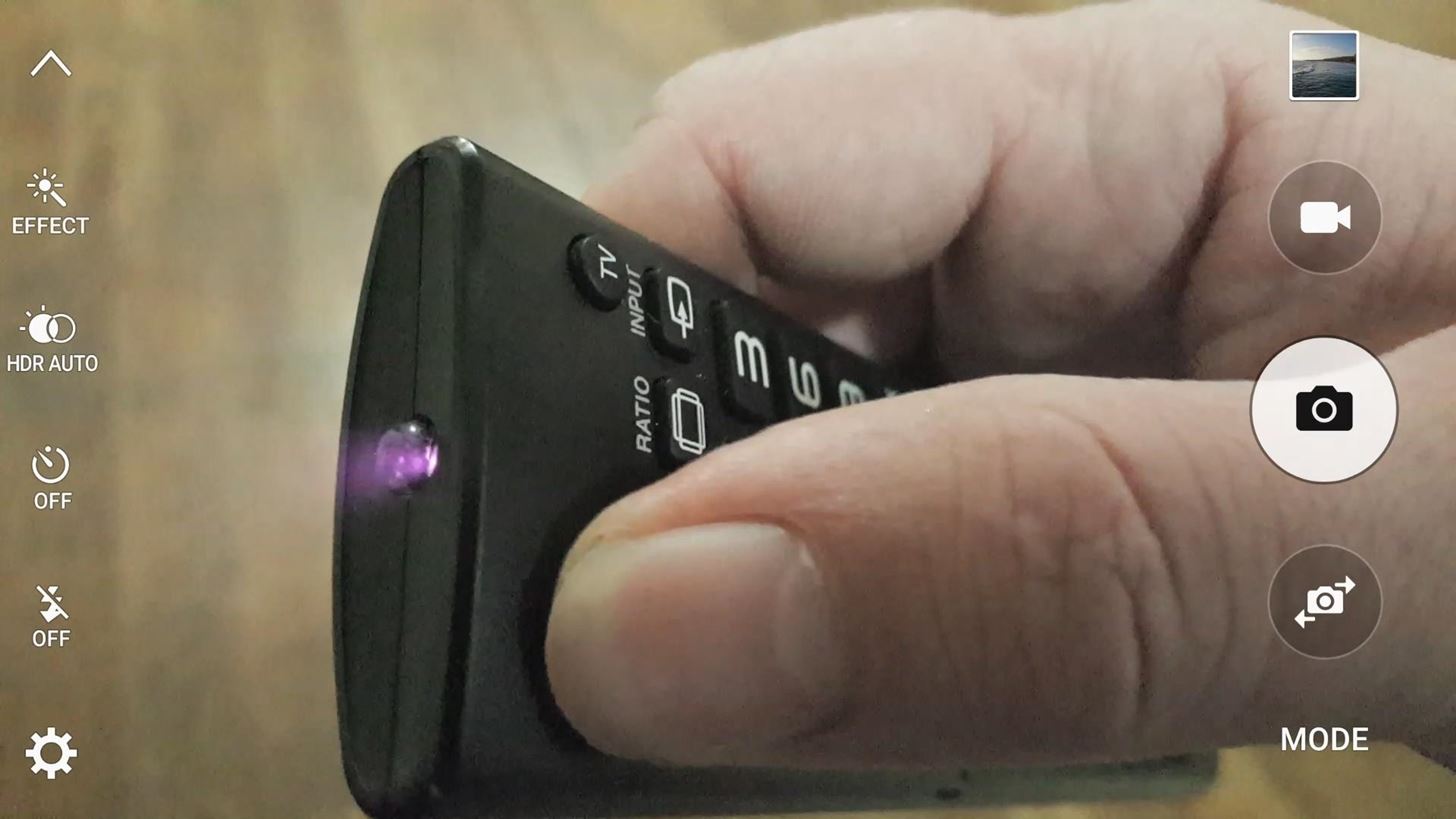
If no light is visible, there are a number of factors to consider. First, the batteries in your remote could be completely dead, or your remote might actually be broken. Secondly, remotes that use a Bluetooth or radio frequency signal will not have such a light. Finally, if you're trying this trick with a newer iPhone, you may have to switch to the front-facing camera to see the light on your remote.
Why It Works
Much like ultraviolet light, infrared lies just outside of the color spectrum that is normally visible to the human eye. Remember Roy G. Biv from your grade school days? Well these "invisible" light frequencies would serve as bookends to that old adage.
Your TV remote operates by flashing a series of infrared impulses toward a sensor on the front of your television—a sort of Morse Code that tells your big screen which channel it should tune to. Your smartphone's camera is not quite as discriminate as the human eye, so it can perceive these infrared bursts rather easily.
Most high-end cameras and DSLRs have infrared filters these days, which help reduce noise in your photographs, but block out the light being emitted by your remote. The same goes for the rear-facing camera lens on newer-generation iPhones, which is why you'll have to use the seflie camera instead.
Follow Gadget Hacks on Facebook, Google+, and Twitter to stay up to date on new web apps, as well as how-tos and news on anything tech.
Just updated your iPhone? You'll find new emoji, enhanced security, podcast transcripts, Apple Cash virtual numbers, and other useful features. There are even new additions hidden within Safari. Find out what's new and changed on your iPhone with the iOS 17.4 update.
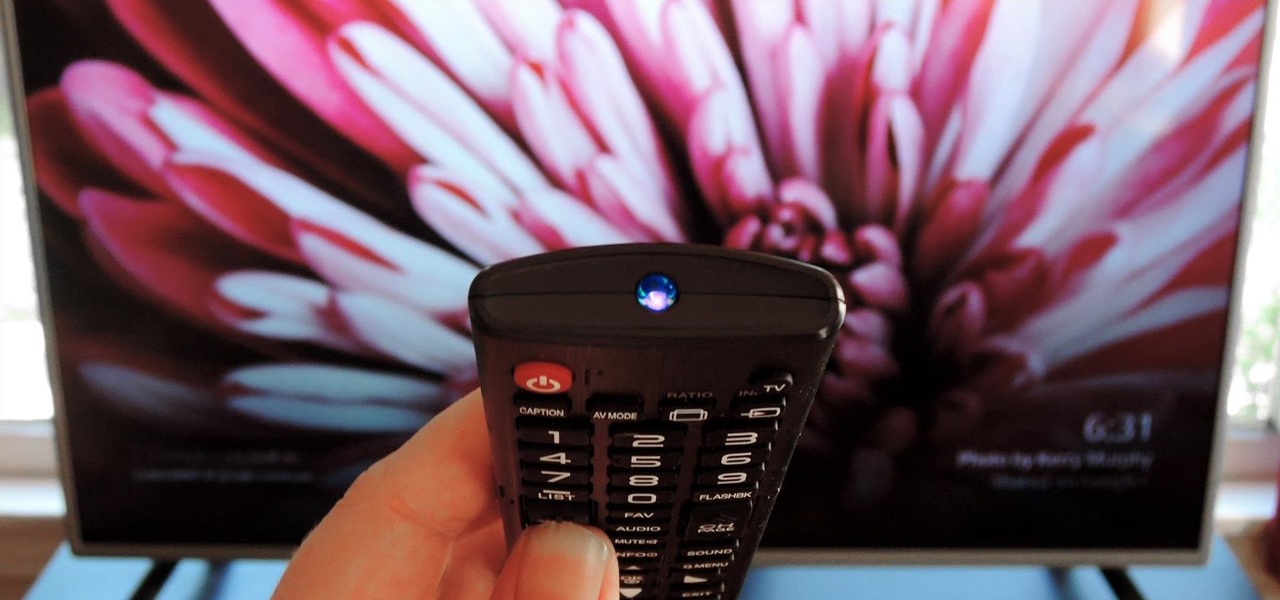







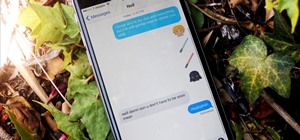
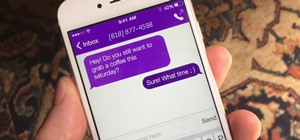
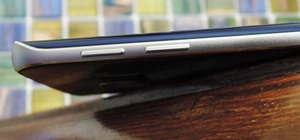
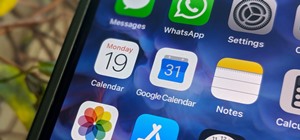
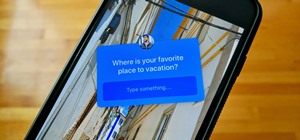
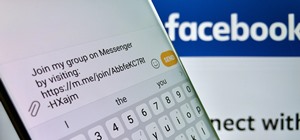
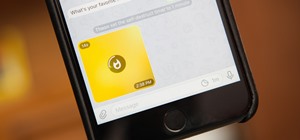



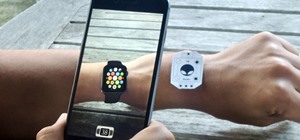
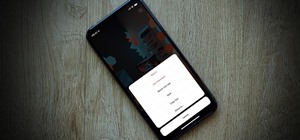
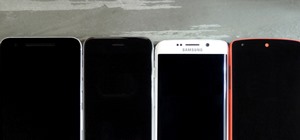
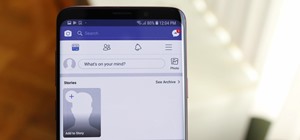
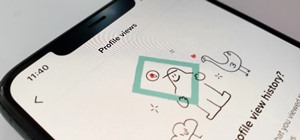
Be the First to Comment
Share Your Thoughts